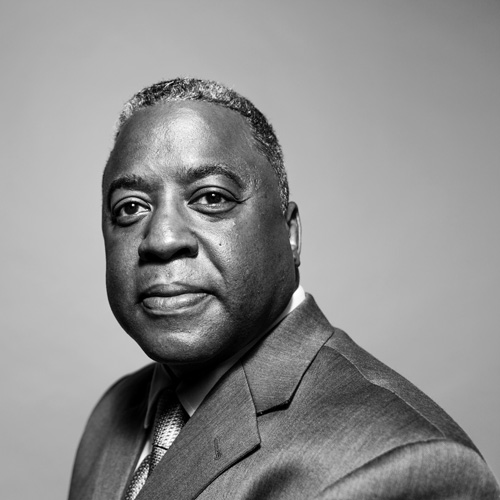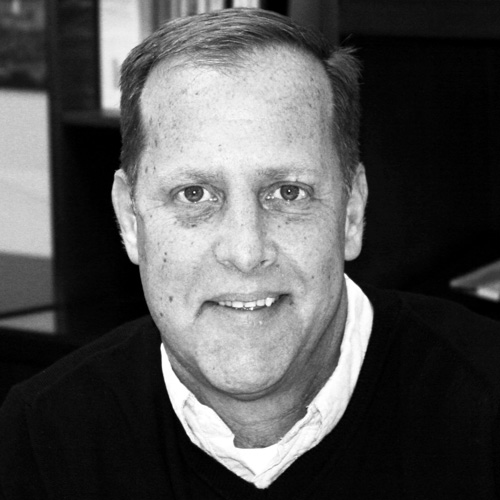It may seem counterintuitive that a drug manufacturer’s top goal is to reduce drug abuse, but that’s exactly the mission for Acura Pharmaceuticals and its chief executive officer Bob Jones. Acura is a small company that makes drug technologies that help deter users from abusing its products—an important goal, since one person in the United States dies from a prescription drug overdose every nineteen minutes, according to the US Centers for Disease Control.
Diminishing Chances of Drug Abuse
Aversion, the original technology developed at Acura, hit the market in fall 2015 through a partnership with Egalet. The product is an opioid called oxyado, which uses immediate release of OxyContin with abuse-deterrent features. For example, the pills are manufactured in a way that the drug cannot be dissolved for people to inject or crushed for people to snort the drug, Jones says.
Another technology, called Impede, is directed at countering the production of methamphetamine. The major ingredient in Impede is pseudoephedrine, which is also the main product in drugs such as the decongestant Sudafed. “Unfortunately people use the over-the-counter products to manufacture and convert into methamphetamine, which is a very highly addictive drug,” Jones explains.
The typical process of making meth requires the pseudoephedrine to be dissolved and extracted out of the pills, but Acura’s Impede-based drug, called Nexafed, turns the drug into a gel, so the main ingredient cannot be separated out and cooked into meth. Acura recently joined forces with Bayer Healthcare to create an aspirin product with the Impede technology as well.
“The key is getting products in the marketplace that are safer. Simply put, it’s a market-based solution to a public health problem.”
Acura is also in the early stages of developing a new technology called LimitX that is based on stopping opioid abuse. “It is aimed directly at people who want to abuse opioids by simply swallowing more tablets than you are supposed to,” Jones says. “In which case, the LimitX slows down the amount of the active ingredient that is released into the blood stream. There’s an abuse and a safety component to that.”
Acura is spearheading industry research on overdose-resistant drugs, and there’s no sign of its progress slowing down. The company is jointly funded by the National Institutes of Health to study LimitX, which could bring some exciting developments in the future, Jones says.
The Small, Yet Agile Research Team
Jones oversees a staff of fifteen people who mainly work on developing these new drug technologies. In the world of big pharma, Acura is tiny by comparison, but Jones says that it’s a strength that allows the team to be flexible in a changing industry. “Our ability to innovate is much greater as a small group,” Jones says. “Our ability to be nimble and adjust our business strategy very rapidly is a huge benefit.”
From his experience working at larger pharmaceutical companies, Jones says there can be so much money and time poured into a project that it often takes too long to realize they aren’t going down a fruitful path—and by then it’s too late to change course. “Some companies will spend millions and millions of dollars pursuing something before they decide to kill it,” Jones says. “We can move very rapidly and change direction on a dime. We can drop one project and pick up another very quickly.”
When he is looking for new people to join his small team, Jones says he only has one rule: “I just hire the best, smartest person I can. It’s simple; it’s tried and true.”
With such a small staff, culture is important, and Jones encourages one of constant innovation and creativity. “We live and die on what we can create and the intellectual property we can develop,” he says. “We’re all about innovation and having a dynamic environment, an environment where anybody can pick up the phone and have a decision made in thirty minutes on an issue.”
His team’s flexibility manifested in early 2015, when the US Food and Drug Administration produced a guidance document to motivate drug companies to focus more on oral abuse deterrents. At the time, Acura’s LimitX technology was a low priority and had no funding to expand, but after reading that document Jones called a quick meeting and immediately decided to move resources from Aversion to LimitX. “We got everyone in the company working on that, and we did it right away,” he says.
How Drugs Can Win the Drug War
Today, Nexafed is on the shelves and already making a difference across the United States—with the greatest success in West Virginia. Pharmacies in West Virginia have taken a stand and embraced Nexafed in recent years thanks to a push from Acura, media, and local government. About 62 percent of all pseudoephedrine products sold in the state now contain meth-resistant technology.
Since then, meth labs in the state have decreased 50 percent. “The key is getting products in the marketplace that are safer,” Jones says. “Simply put, it’s a market-based solution to a public health problem.”
Acura has its sights set on Indiana next, a state with one of the largest numbers of meth labs in the country. “These meth labs are little ticking time bombs,” Jones says. “They explode, they catch fire, and they burn buildings to the ground. First responders have to go into those situations. We have burn victims and innocent children injured from the explosions. You can have a benefit not only on the potential drug user, but also innocent people in proximity—that’s what makes all this worth while.”

